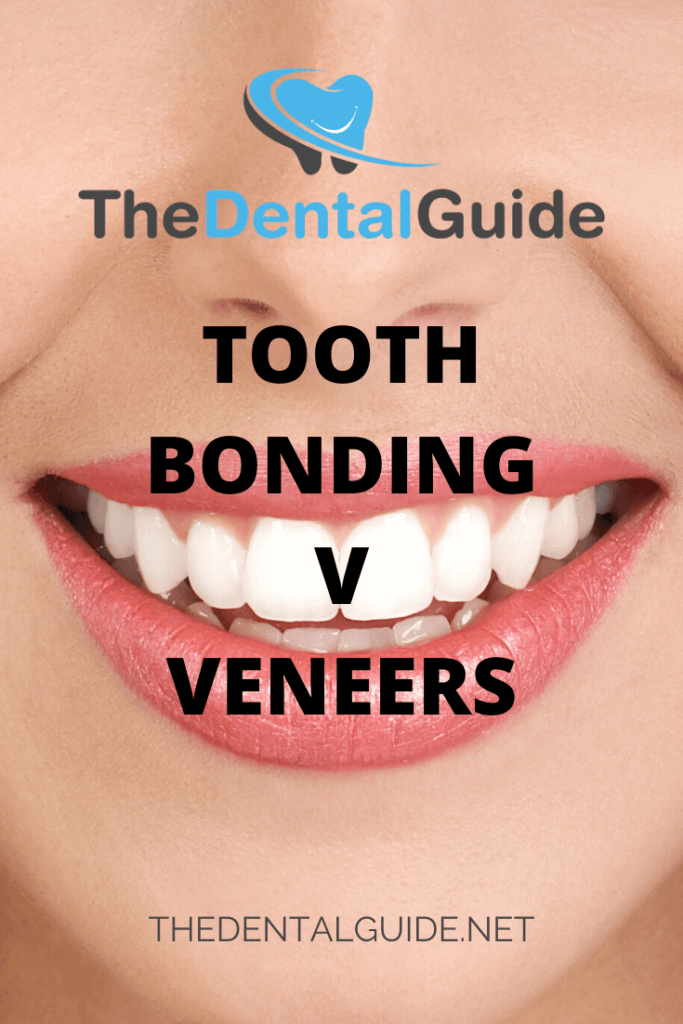Only the smallest tooth damage qualifies for veneers or tooth bonding techniques. If the damage is too severe, a dentist will recommend a dental implant or a crown instead.
About Bonding and Veneers
Tooth bonding fixes a chipped or damaged tooth by replacing the missing portion with hardened resin. This resin is applied to the tooth while it is soft, then hardened with a high-intensity light. This has replaced silver filling in many cases because even though they accomplish the same thing, the bonding process produces a far more natural result that is the same color as the original tooth.
A veneer is a thin piece of ceramic or porcelain that goes in front of the damaged tooth. It acts as a shell, not fulfilling the entire function of a natural tooth, but at least working better than the damaged tooth would and providing some protection for that tooth. Veneers are also used to create a more beautiful smile, and they can be placed in quickly and easily.
Which Is Better?
It really depends on what you want out of the procedures when you have to pick between veneers and bonding. Bonding may look a bit more natural, but it is also more prone to staining. If you drink coffee or smoke, then your bonding is going to start to show.
Veneers can look more natural but only if they are done by an accomplished dental professional. Anyone can put in a veneer, but it won’t look right unless that person is experienced and knows what they are doing. Many people complain of veneers looking too fake, and they can if they are not installed properly.
Veneers can also be much costlier, usually ranging from $1,000 to $2,500 per tooth. Bonding only costs a couple of hundred dollars per tooth. But where veneers excel is in their longevity. A veneer can last as long as 15 years, whereas a dental bonding is probably only going to last a maximum of seven years.
If the damage to the tooth is minor and only a very small piece is missing, it makes more sense to go with the bonding. It isn’t a very involved process, and even if it stains, it should not be very evident. For more extensive damage (but not so extensive a crown is necessary), a veneer may be a better choice. It can look more natural, and it will provide better protection for your teeth over a longer period of time.
Your dental professional can give you more information about which one is right for you. The final decision may be yours to make, but you should heed your dentist’s advice. If you think your dentist may not be experienced in the kind of procedure you need, be sure to use someone who feel you can trust and who you know has experience in producing great results. You may want to ask some of the dentist’s patients who have had the procedure done to see what their outcomes were like.
